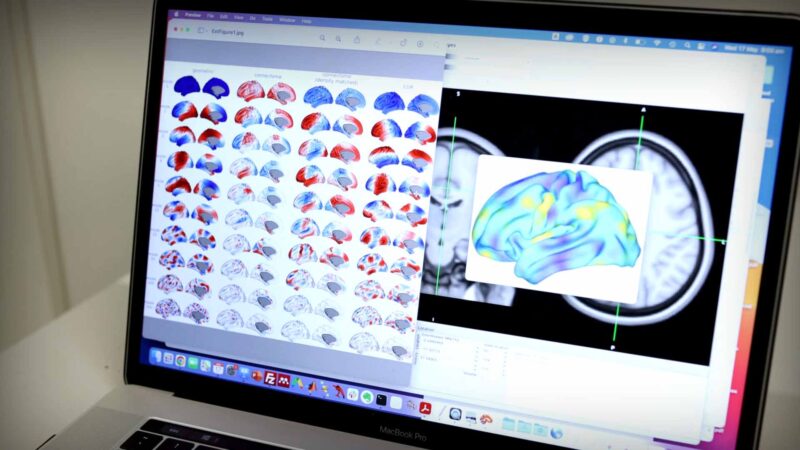TAIWANESE HEALTH AND RESEARCH DELEGATION VISIT PARATUS CLINICAL TRIAL SITE IN CANBERRA Visit fosters greater collaboration and experience of clinical trial execution in public and private health settings best practice
With
Matt Clacy,
Founder & Chief Commercial Officer
Paratus Clinical
Dr Amber Leah,
Principal Investigator & Medical Director
Paratus Clinical
Professor Chun-Jen Huang,
Dean of Office of Human Research
Taipei Medical University & Taipei Municipal Wanfang Hospital
Taiwan
Professor Pin-Kuei Fu,
Director, Clinical Research Center
Taichung Veterans General Hospital
Taiwan
AUSTRALIAN HEALTH JOURNAL SEGMENT
Filmed in Canberra | September 2025
In late August 2025, a Taiwanese delegation comprising government officials from the Taiwanese FDA, various governmental groups, and physicians and researchers from across Taiwan, visited Paratus Clinical’s trial site in Canberra. Their objective was to explore both the differences and similarities between the clinical research ecosystems of Taiwan and Australia.
Throughout the discussions, the delegation learned about the processes involved in initiating research, the regulatory hurdles that must be navigated, and the practicalities of conducting clinical trials in both public and private sectors.
Paratus Clinical specialises in a range of clinical trials, from Phase I to Phase III, including vaccine studies and treatments across primary care areas such as asthma, diabetes, and cardiometabolic health, as well as outpatient specialties like dermatology and oncology.
The conversations also addressed the distinctions between inpatient and outpatient care, focusing on startup timelines, regulatory requirements, and patient recruitment strategies. Notably, the delegation found a reassuring number of similarities in clinical practice between the two countries.
Matt Clacy, recognised the potential benefit of fostering greater collaboration between public and private sectors in Australia, a practice that is more prevalent in Taiwan and advantageous for patient care and the healthcare system overall.
Source: Written by AUDIENCED
You Might also like
-
Landmark brain shape study
For over a century, researchers have thought that the patterns of brain activity that define our experiences, hopes and dreams are determined by how different brain regions communicate with each other through a complex web of trillions of cellular connections.
Now, a Monash University Turner Institute for Brain and Mental Health-led study has examined more than 10,000 different maps of human brain activity and found that the overall shape of a person’s brain exerts a far greater influence on how we think, feel and behave than its intricate neuronal connectivity.
-
Message from former Australian Health Minister Hon Greg Hunt
The Honourable Greg Hunt served in the Australian Government as Minster for Health and Aged Care from 2017, previously as Industry, Innovation and Science Minister and before that the Environment Minister.
Elected as the Member for Flinders in 2001, Greg announced his retirement from politics late 2021 and in 2022, ahead of the Federal Election, having completed 20 years as a public servant.
Australian Health Journal recently caught up with Greg in a relaxed interview at his home in the Mornington Peninsula, Victoria to hear how a 9 month sabbatical has allowed him to focus on family, fitness and future. This has even included some “brutal spin cycle classes!”.
-
Surgical Site Infection (SSI) Synopsis, including modifiable and non-modifiable risk factors
Talking to the Australian Health Journal, Professor Russo states there is a particular concern in joint operations, such as hip or knee replacements, as infections in these areas can have severe consequences, including the removal of the infected joint, prolonged treatment, and significant costs for both hospitals and patients. Despite the substantial impact of surgical site infections, Australia lacks a national surveillance program for these infections, making it challenging to obtain accurate data. However, an estimate suggests that around 45,000 surgical site infections occur annually in Australia, resulting in approximately 900 deaths.



